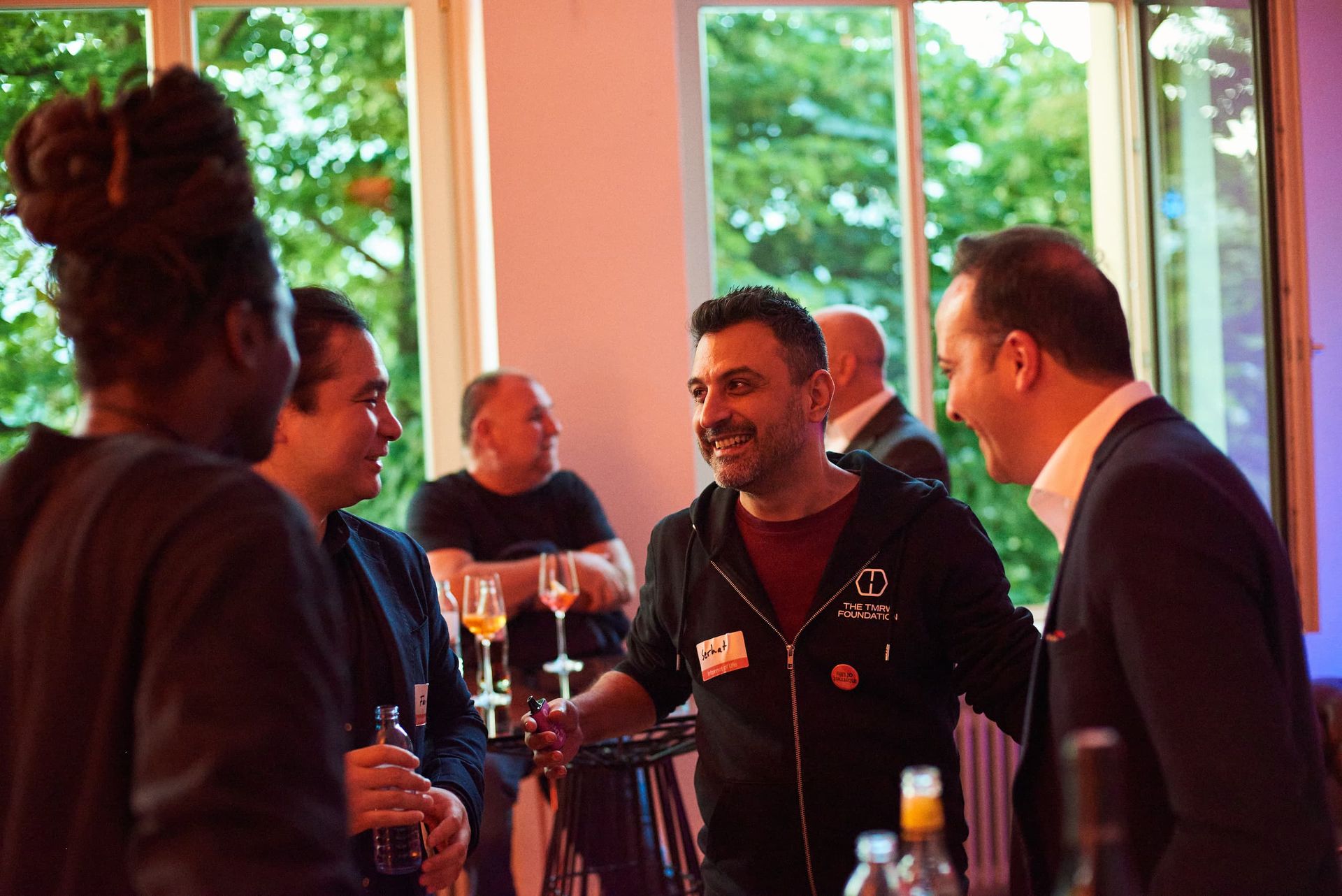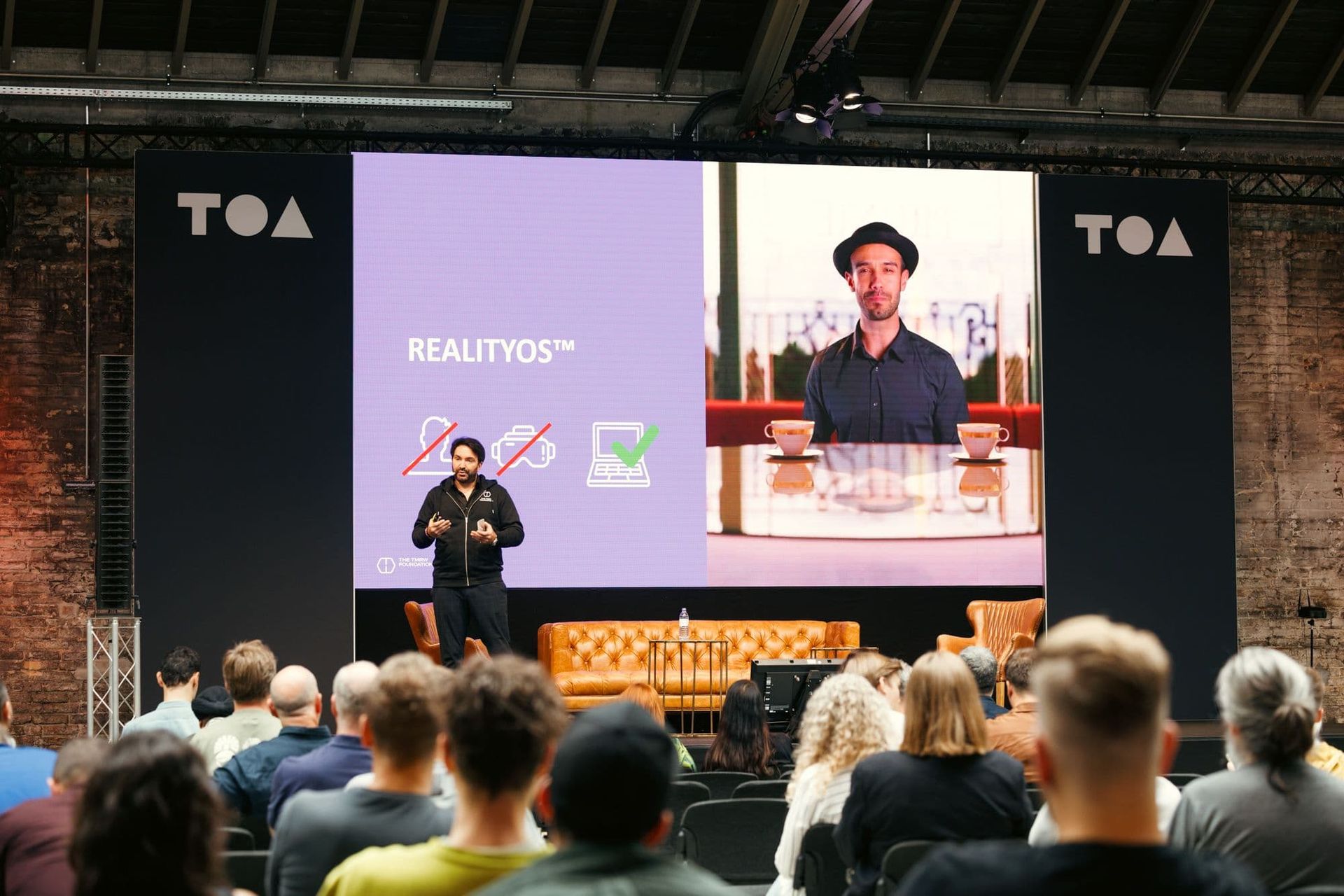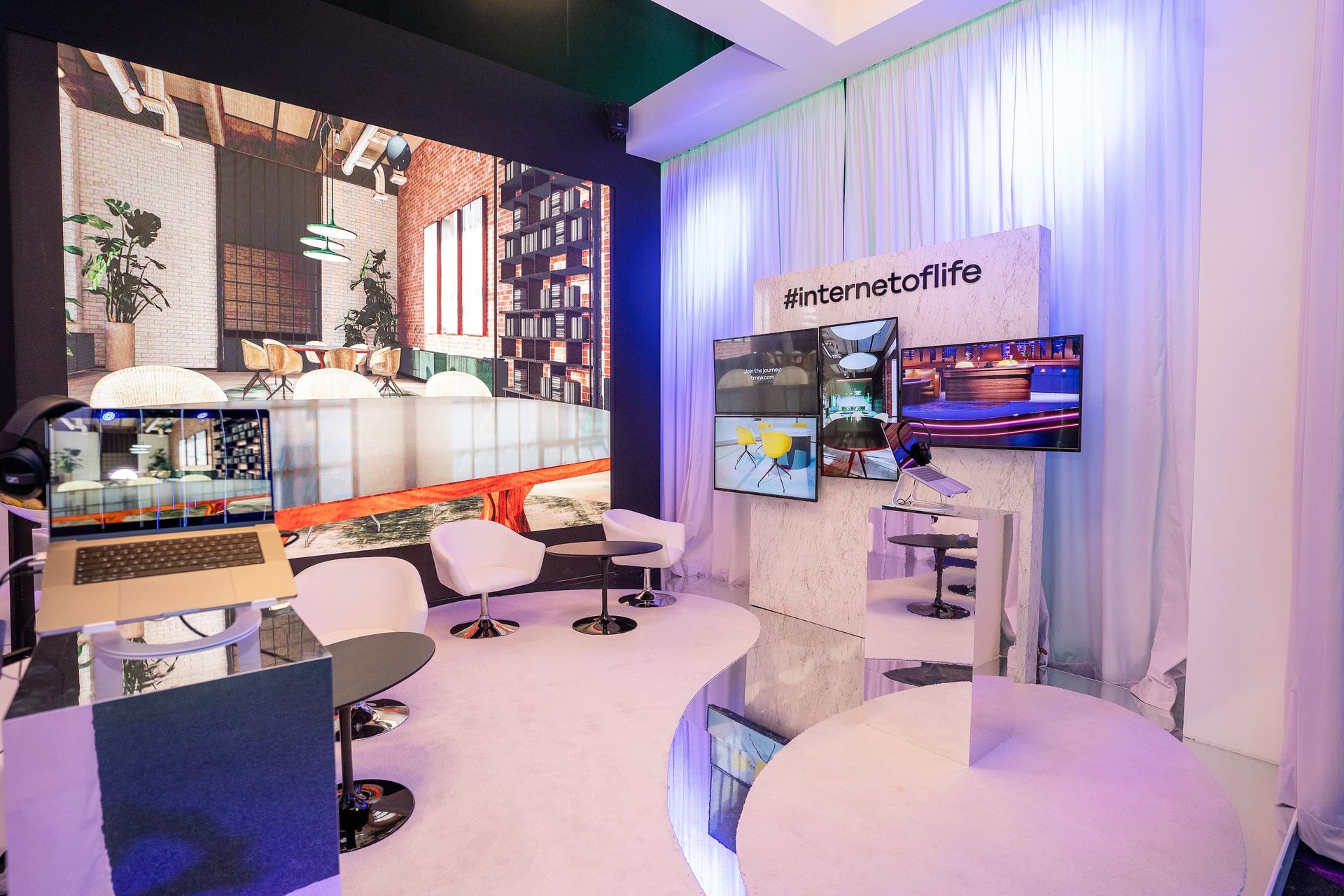The need for social interactions in creating an ethical Metaverse - how?
Humans have always held an inherent desire to record and celebrate togetherness, or the lack of to express its necessity. Some of the earliest artworks on human record are cave paintings (prehistoric times) depicting scenes of hunting, dancing, and group gatherings. Skipping forwards a tiny pinch, The Bathers (1890) by Paul Cézanne is about being part of the greater world where people might gather for a bath but ultimately disperse, while nature remains. Nighthawks (1942) by Edward Hopper captures the isolation and loneliness of people within a vast city. Similarly, Ai WeiWei relates his Sunflower Seeds (2011) to people and how they can become easily lost when absorbed into a large mass.
What underlies this compelling need across the various centuries? It’s because we are social creatures, and our need for connection and togetherness is deeply ingrained in our nature. From the earliest days of human history, we have sought out ways to come together, form communities, and work towards common goals. Throughout the ages, the ways in which we have pursued this togetherness have evolved, reflecting the changing social, cultural, and technological landscapes of our times. However, while the technological advances through the past century or two have produced many benefits, there has been a recent replacement of face-to-face communication with digital interactions.
According to statistical analysis done by Techjury, 59.4% of the world’s population, or 5.16 billion people, are social media users as of January 2023. Of those users, adults (age 30-49) spend an average of 4 to 5 hours per day on social media while young adults (age 18-29) average more than 5 hours a day. However teenagers (age 13-17) average up to a spiking 8 hours and 39 minutes per day online. All this tapping, swiping, and scrolling simply does not replace the experience of being together or being in someone’s physical presence, but rather gives people a false sense of connection. Which has left many feeling empty and isolated, craving the warmth and intimacy of shared moments with each other.
The rise of remote work, spurred on by the pandemic, has also led to similar results. According to a study done by Stanford University, Americans average 30% of their weekly work time in virtual meetings while a Linkedin poll revealed 28% of workers are in online meetings 5 to 7 hours a day. One of the most common challenges of all this time spent online is social isolation, as it limits opportunities for in-person interactions with colleagues and other professionals. This can lead to feelings of loneliness, disconnection and even depression. And with blurred work-life boundaries, decrease in overall wellbeing, chronic stress and burnouts have become more frequent than ever. Lack of team structure and good communication channels is yet another often seen drawback, leading to feelings of uncertainty, decrease in confidence, and productivity.
So it’s become quite clear that we need to build a better future, and to ensure that not only our generation but the coming next is properly equipped with the skills needed to navigate a digital world and foster meaningful connections. It is imperative that we hold technology companies accountable for the impact their products have on our society. Life should be shaping digital, not vice versa. One of the thought leaders driving tech in an ethical direction is the founder of The Internet Of Life™, Cevat Yerli. He is focused on motivating others like himself to build this third generation of the internet, a vision for Web 3 that will augment reality with 3D communication in ways never seen before.





“With social 3D computing at its center, the Internet Of Life™ enables natural, sustainable and real-time participation in the worlds of business, education, politics, sports, and entertainment,” explains Cevat. He is convinced that it is the most human way to have lifelike engagement over the internet, being conscious and mindful of human emotion, empathy and presence. The Internet Of Life™ strives to “make the virtual world more natural - not tiring, not isolating, not depressing - and empower a person with a better quality of life,” including meaningful experiences with each other.
In addressing the particular challenges of remote workers, Cevat concedes that “when you have teams spread across the world, one of the hardest things to do is to keep up the culture, keep up the relationship.” Web 2 initiated the connections. But as we discussed above, it is not sustainable as it stands; the next step is to share moments together. So
the purpose of The Internet Of Life™ is to fundamentally build better relationships. Its technical vision is to upgrade what has been 2D, alone and isolated, into a 3D lifelike experience.
It aims for this by not utilizing anonymous avatars, but real presences of people, thus creating a sense of naturalness and personal accountability.
Cevat, who possesses a deep gaming foundation and who helped shape its current state, is acutely aware of the repercussions of misguided technology. “It’s like an organism that can grow in any direction based on where it’s being pushed. So we want to drive technology in the right direction,” he stresses. “Our intentions are to be socially responsible. Collectively, the more people that join that mission to build the right future with us, the more likely our children and us get to live in a better world. So here's the call to action: join us on our journey and let's create the world together!”



